Paris Louvre with Children
Here are some tips before you go to the Louvre with your children, they're sure to help!
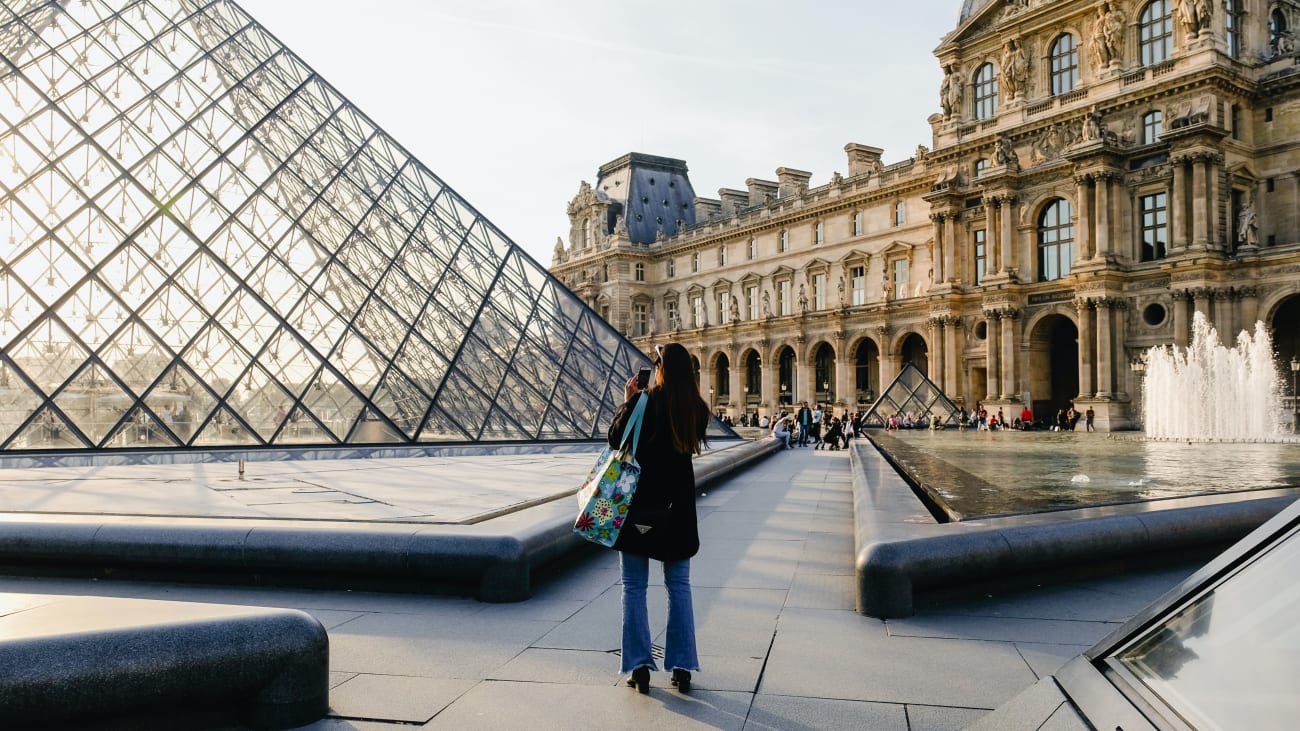
Louvre Museum, Paris, France | ©Shvets Anna
The Louvre in Paris is one of thelargest art museumsin the world, so large that it would be impossible to see all 380,000 pieces that the museum exhibits in a single day. However, going with children is a totally different adventure, because when the first signs of boredom appear, everything can change.
That's why knowing some tips and advice can help you to keep your visit with children as interesting as ever. By the way, if you check the Louvre museum prices, the first good news is that, although adults have to buy tickets to enter the Louvre, children get in for free!
With children, a guided tour is better
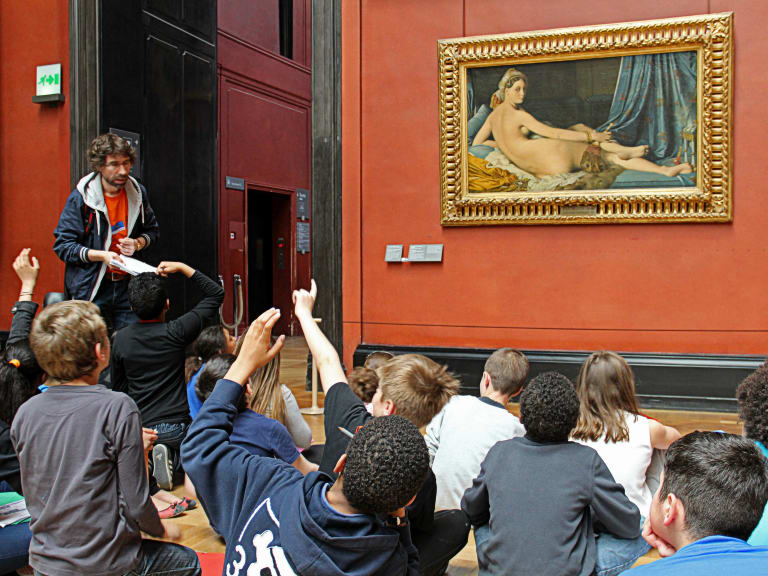
While it is true that booking a guided tour of the Louvre is an advantage for anyone wishing to visit the museum, if you go with children it is even more interesting. This is because you can choose a guided tour specifically for children, in which the guide himself will make it possible for them to participate in the visit, to better understand what each work symbolises and what it means, while at the same time making it easier for you to be less concerned about the children and more about the works or the exhibition in general.
Remember that there are guides who are experts in entertaining children on the visit, as they have been guiding groups of different ages for many years. In addition, the guides know which works appeal most to children and how to approach the explanations so that they are attentive and enjoy the visit. Not to mention that with a Louvre guide, the visit will be shorter but more intense, just what children expect to hear! Another less expensive option is to have an audio guide for children.
Eat before arriving at the Louvre with children
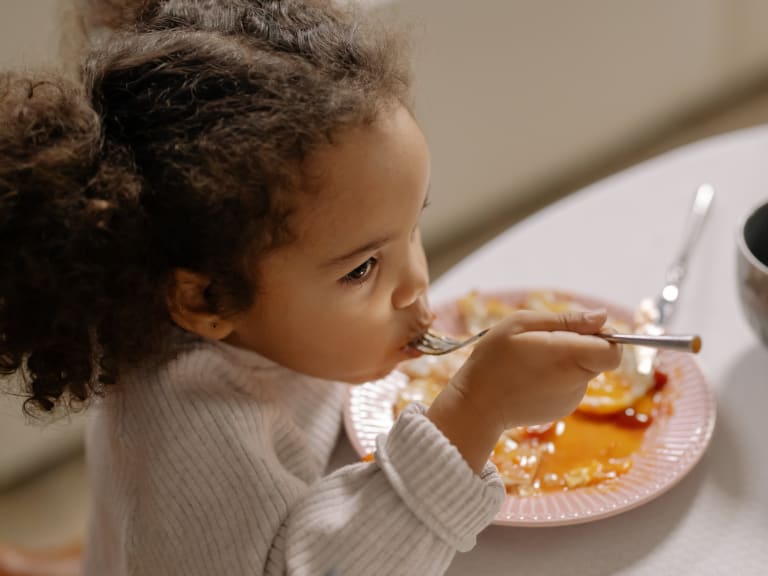
The Louvre requires a good amount of walking either by booking a guided tour or doing it on your own. It is important to arrive with children who are well rested and well fed. Remember that it is forbidden to eat or bring food into the museum.
For lunch near the Louvre there are several breakfast places that offer a delicious breakfast. There is also a shopping centre inside the Louvre if you need a bite to eat. If you have even less time, you can take food with you from any café or bar that is open.
Make a bathroom stop before entering the Louvre
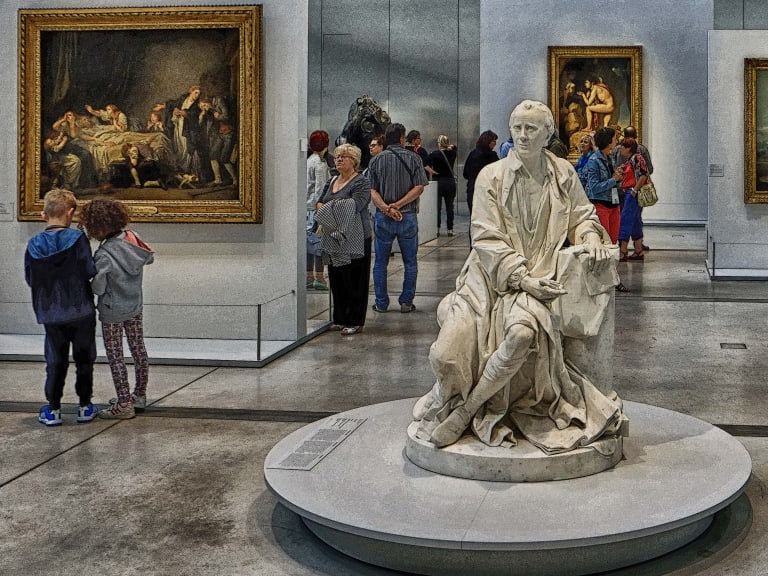
It is very important to make a toilet stop before continuing, especially after a large meal and/or drink. Remember that the Louvre is a huge museum and the exhibitions sometimes last longer than expected. In addition, children, because of their age and metabolism, need to go more often than any other healthy adult.
It is true that the Louvre also has toilets for the public; however, the fact that it is so large makes it very likely to get lost, especially when there are many visitors inside.
Plus, it's bound to be a hassle for you if you book a guided tour of the Louvre, losing part of it while you're distracted waiting or looking for where the toilets are.
Pushchairs are welcome at the Louvre
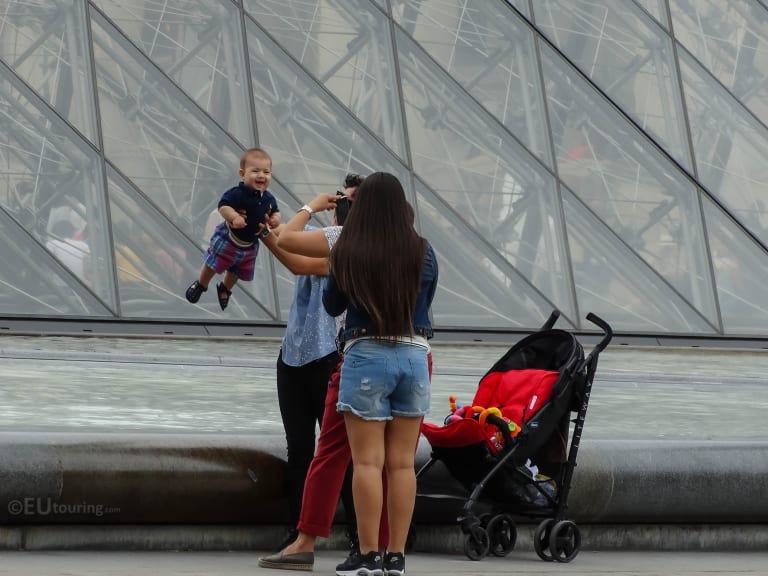
Babies and the Louvre are not incompatible. As exhausting as it may sound to walk up and down with a pushchair, you should know that the building is perfectly equipped and baby pram friendly. While it is true that the building dates back to the 12th century, constant improvements have made the Louvre one of the best equipped museums in Paris in terms of reduced mobility.
Not only that, prams are welcome throughout the museum, and you will rarely feel uncomfortable. There are lifts in the Louvre reserved precisely for families with babies.
What's more, when you arrive at the Pyramid, you will notice that there are separate lines for different types of tickets, and if you have a "reduced mobility" ticket, you can queue in a different line. Don't worry, if you go in good time it's rare that you'll have to wait longer than the rest. The lifts are made of glass and have a futuristic touch, so the kids are sure to be amazed.
Give the children a map of the Louvre
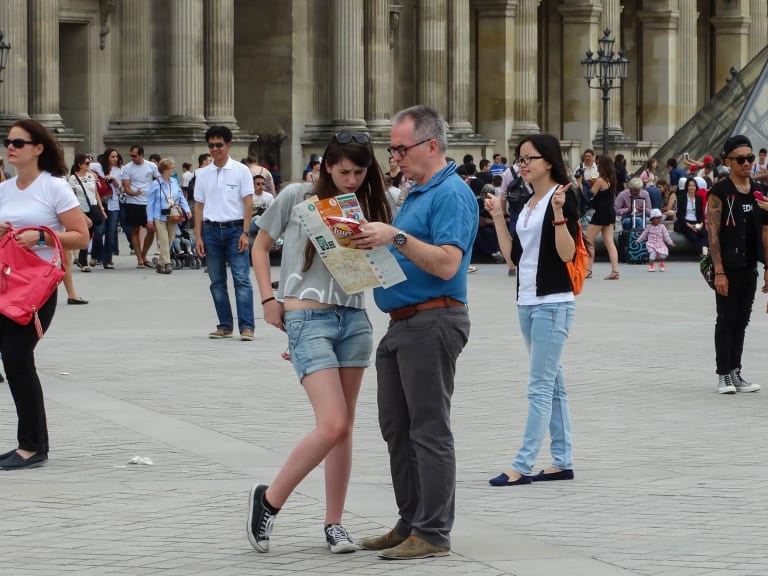
The best way to make children feel comfortable is by ::link|text=booking a guided tour|element=pa-565::::, as we said, and, above all, by including them in it in a direct way and letting them participate. One of the best ways is to give them a map, so they will start to see the search for works as a kind of "treasure hunt".
In addition, a map will also help you to better optimise your tour by making it last less, but more intense. Keep in mind that it is practically impossible to visit all the works in a single visit. For this reason, I recommend downloading the complete map, and if you have it printed out, all the better. Bear in mind that the museum has 5 floors, and the exhibition hall is divided into 8 sections! It's hard not to get lost without a guide and a map.
Buy a book to serve as a guide in the Louvre
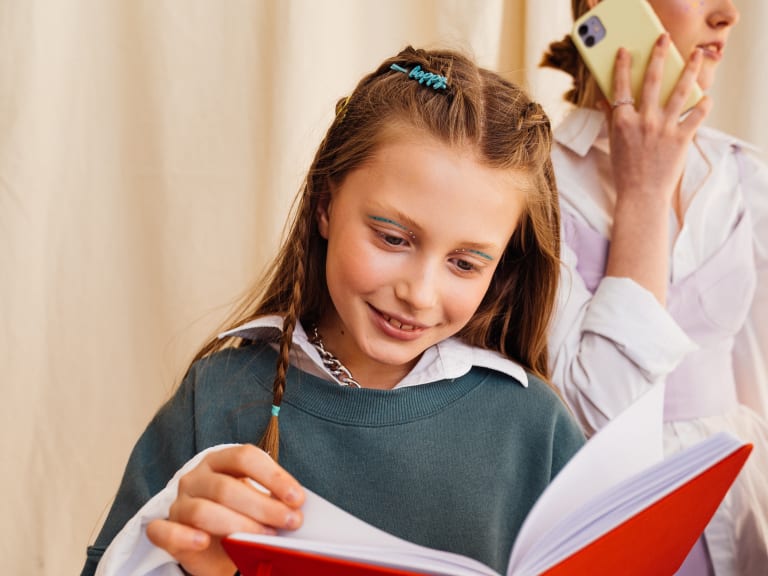
Knowing a bit of history about the works you want to see is extremely important for capturing children's attention and stimulating their interest. If there is one thing that all children agree on, it is that they love to hear stories, so getting information beforehand will be crucial to keep that uncertainty alive, at least for the duration of the visit.
In the shops near the Louvre there are several places to buy books that will explain every part of the museum regardless of your favourite language.
I assume that if you buy tickets to see the Louvre, it is because you are attracted to the museum and know what you want to see; however, if this is not the case, there is nothing to worry about. A quick perusal the day before visiting the museum should be enough.
Take a shorter tour of the Louvre
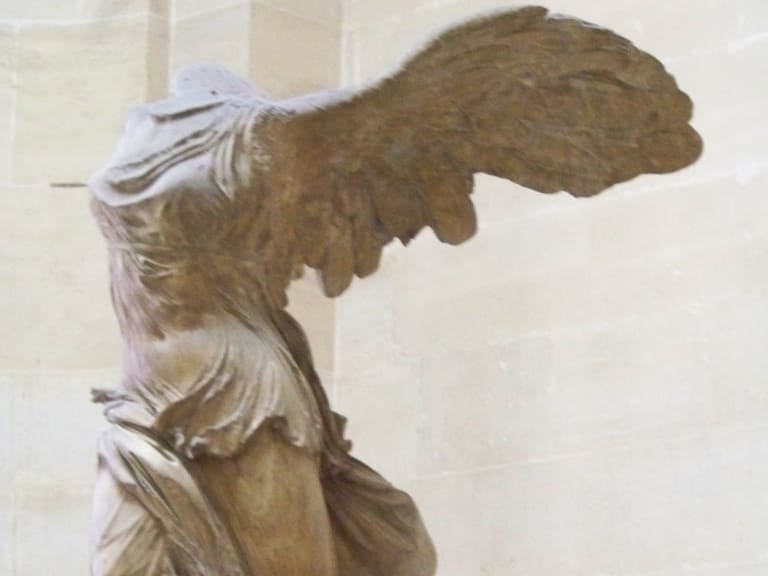
When you go with children, even if you know the museum opening times and you have time, it is always important to optimise the tour as much as possible and, if possible, make it shorter. It is very common that when we buy tickets to the Louvre Museum, we want to get the most out of the visit and we try to see as much as time allows. However, if you go with children, it is very important to take them into account.
So, as a tip, if you don't book a guided tour, try to see the most essential parts of the museum.
- In the Sully Wing you can take the children to see the Mona Lisa.
- In the Statuary Gallery you can focus your visit on the beautiful statue of Venus de Milo.
- In the Denon Wing you can take them to the Winged Victory of Samothrace sculpture.
Get ready for Mona Lisa paparazzi at the Louvre
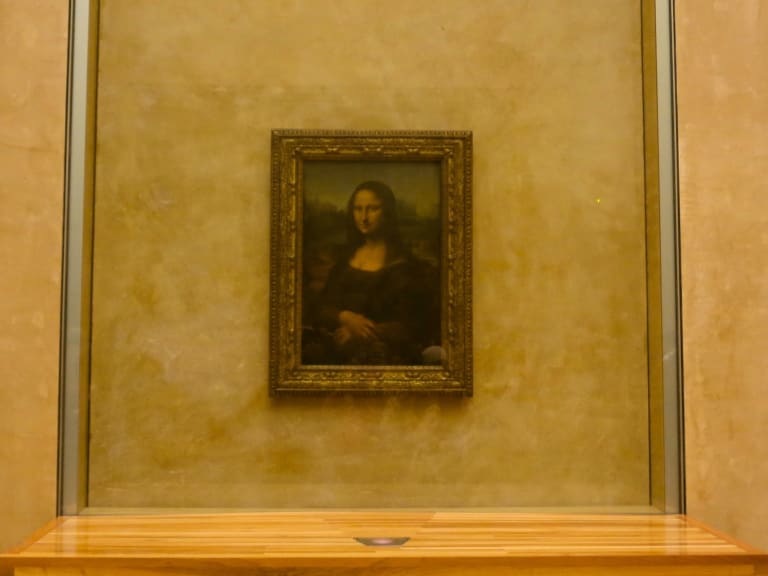
Leonardo da Vinci's Mona Lisa is practically synonymous with the Louvre. This early 16th century Italian Renaissance painting has been on display at the Louvre since 1797. Visitors line up to see the Mona Lisa, protected by bulletproof glass and guarded by guards.
So if you're with children, try to avoid stopping for too long in the Mona Lisa room during peak hours, as it's easy for children to get lost in the hustle and bustle. I also don't recommend visiting the Louvre with children on your trip to Paris in summer because of the high number of tourists you may encounter. By the way, I recommend you visit this post for more generic tips on your trip to Paris.
Also, there are always journalists and paparazzi photographing the expressions of admiration that tourists and visitors feel in front of this iconic painting estimated at almost 2 billion euros.
Inform children about the museum's policy
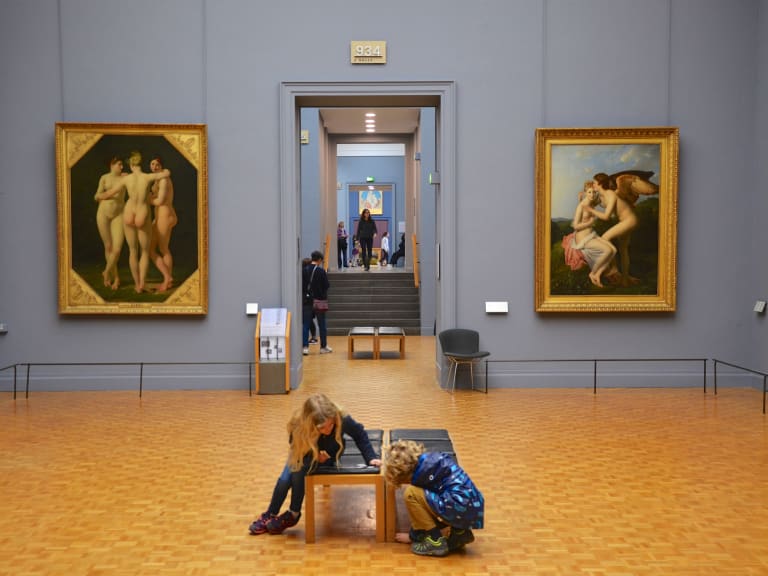
In a museum like the Louvre, there are several rules that regulate the smooth running of the site, there are multiple policies that if not respected one can be expelled directly. And, unfortunately, these policies apply to everyone, including children.
Therefore, before entering the museum, children should be reminded of the prohibitions inside the museum, since by nature, they tend to get carried away easily, especially if they are inside a place designed to attract attention. Among the prohibitions are:
- Touching the works
- Drinking
- Eating
- Running
- Talking loudly
Give the kids a camera
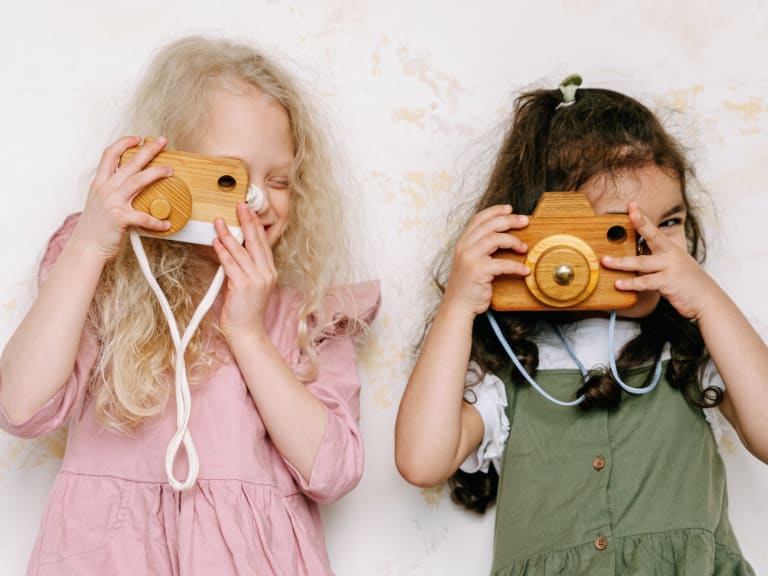
Along the same lines, in case you have booked a visit to the Louvre, we should let the children participate directly, and one of the best ways is to give them a camera and let them document their visit to the museum.
Give them a camera and let them take pictures of the works that interest them the most, this simple fact will make them much more attentive and less bored.
However, try to make it clear to them that flash is not allowed in the Louvre museum and neither is taking pictures with a selfie stick, as both actions can damage the works and/or interfere with the functioning of the museum.
